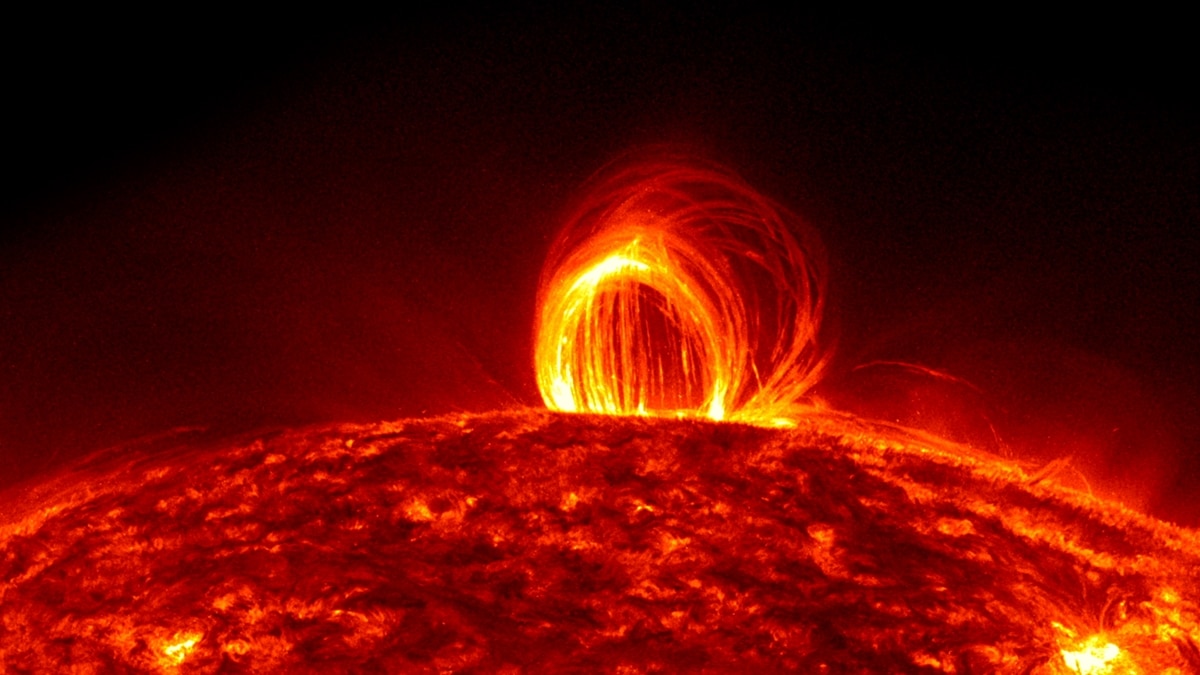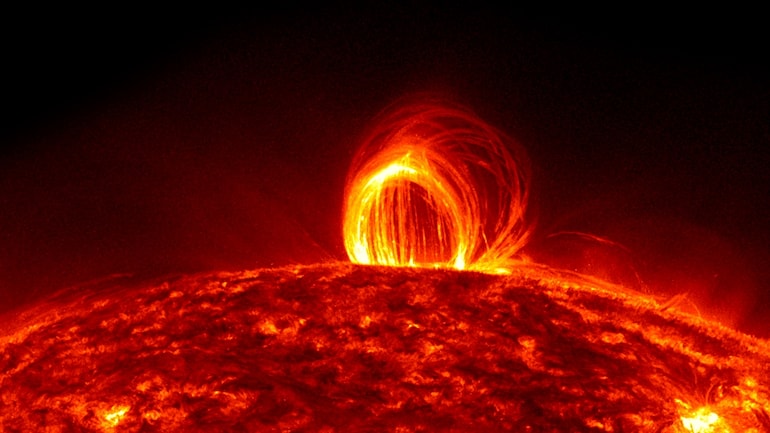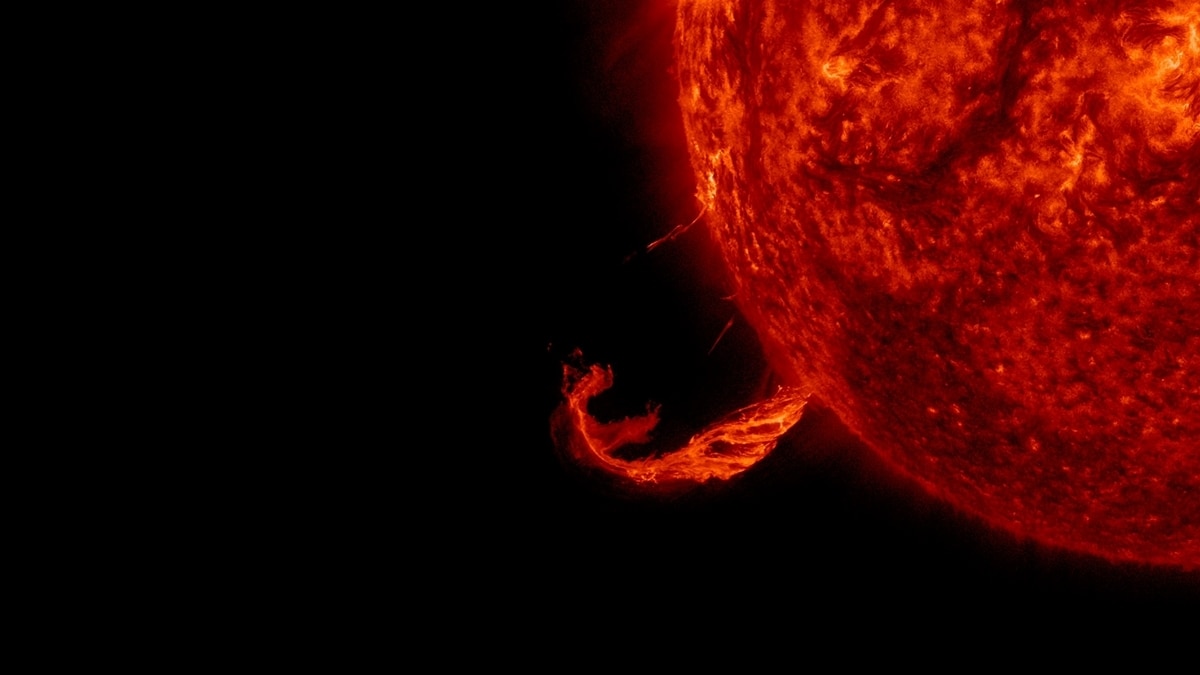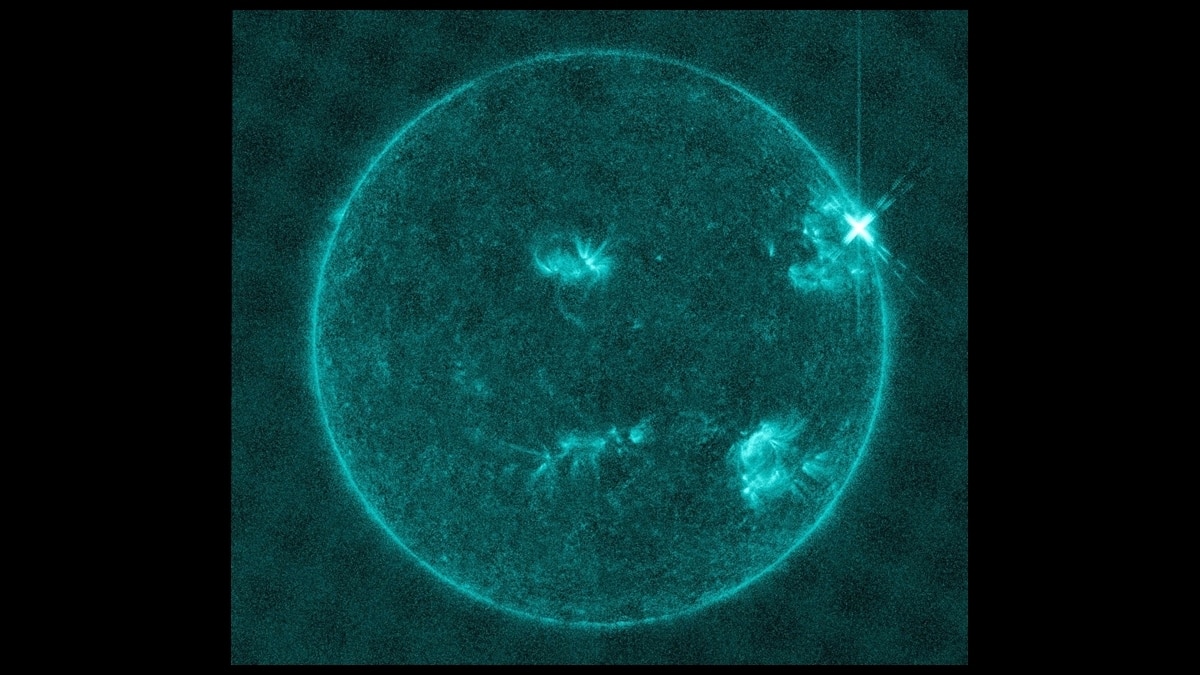Chad
The Living Force
Interesting point about tempo and frequency, Dennis.
I'm reminded of the 'rare one-two punch' solar flares. A quick look online shows that they have occurred in 2011 and 2014.
For a basic idea of what scientists say about them, the following is a report from the one in 2014:
I'm not sure if this is related, but supernovas are also noted as having a one-two punch effect:
Added: I'm also reminded of this experiment, published recently:
I'm reminded of the 'rare one-two punch' solar flares. A quick look online shows that they have occurred in 2011 and 2014.
For a basic idea of what scientists say about them, the following is a report from the one in 2014:
By Becky Oskin, Senior Writer
Solar Flares to Hit Earth in Rare One-Two Punch
The sun launched back-to-back solar flares directly at Earth this week, but the resulting geomagnetic storms pose little danger, officials said today (Sept. 11). A strong X1.6-class solar flare erupted Wednesday at 1:46 p.m. ET from a sunspot more than 10 times the size of Earth, jetting out...www.yahoo.com
September 12, 2014
The sun launched back-to-back solar flares directly at Earth this week, but the resulting geomagnetic storms pose little danger, officials said today (Sept. 11).
A strong X1.6-class solar flare erupted Wednesday at 1:46 p.m. ET from a sunspot more than 10 times the size of Earth, jetting out billions of tons of charged particles. The same sunspot also blasted out a minor solar flare on Monday.
Both eruptions of superheated solar plasma, called coronal mass ejections, came from sunspot AR2158. The sunspot, which is centered in the middle of the sun, aimed the CMEs directly toward Earth.
Two solar flares in quick succession are relatively rare, said Tom Berger, director at the Space Weather Prediction Center, operated by the National Oceanic and Atmospheric Administration (NOAA). [Sun Storm: See Images of the Amazing Solar Flares]
While the worst effects are predicted to miss Earth, scientists are worried about the combined potential of the two solar storms. Wednesday's powerful CME is speeding through space at 2.5 million mph (4 million km/h), catching up on the slower particle stream from Monday's smaller flare. The first solar storm will hit tonight, and the major solar storm will arrive late Friday morning, Berger said. There is a slight chance that interactions between the incoming particles and Earth's magnetic field could intensify the storm's power.
"The coupling is the holy grail," said Bill Murtagh, program coordinator at the Space Weather Prediction Center. "The sun just shot out a magnet, and that's going to interact with the Earth's magnetic field. How they couple determines how intense the geomagnetic storm is, and there's a lot of uncertainties until it hits."
Here is the most likely scenario: Earth will experience minor disruptions, such as fluctuations in power lines, radio signals and satellite transmissions, Berger said. Utilities and other operators have already been warned.
Near the poles, where the particles clash most strongly with Earth's magnetic fields, airlines may divert planes, because of interruptions in communications and an increased risk of radiation exposure.
There is no radiation risk to people on the ground, Berger said. Nor does the geomagnetic storm pose a threat to electronics on the ground, such as computers and phones, he added. Astronauts aboard the International Space Station are also safe from the incoming CMEs.
More pleasantly, the solar storm will trigger spectacular auroral displays on Friday night, Murtagh said. In the United States, the northern lights could dance in the sky as far south as Oregon, South Dakota, the Great Lakes region and New England.
The unusual pair of solar flares comes as the sun is nearing the peak of its 11-year cycle, when sunspots and solar storms become more frequent. The powerful Sept. 10 eruption generated a shock wave that reached Earth Wednesday night, interrupting high-frequency radio transmissions and creating static on shortwave radios.
Sunspot AR2158 is a complex tangle of magnetic fields, fueling it with the energy to produce several solar flares. The sunspot was not particularly powerful for the year or the century, however. "By historical standards, this was not very large, but it packed a pretty good punch," Berger said. "This may be its swan song, however, because it's now in the process of breaking up."
[...]
I'm not sure if this is related, but supernovas are also noted as having a one-two punch effect:
A supernova, on the other hand, delivers a one-two punch, the researchers said. The explosion immediately bathes Earth with damaging UV, X-rays and gamma rays. Later, the blast of supernova debris slams into the solar system, subjecting the planet to long-lived irradiation from cosmic rays accelerated by the supernova. The damage to Earth and its ozone layer can last for up to 100,000 years.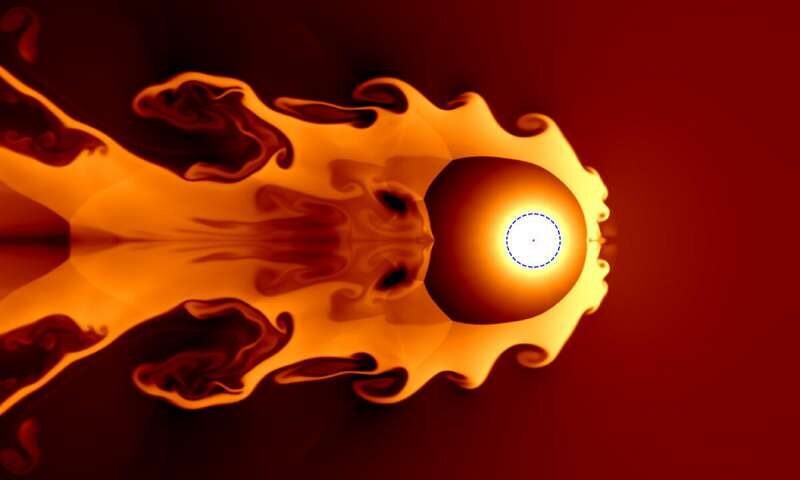
Supernova may have caused mass extinction on Earth
Imagine reading by the light of an exploded star, brighter than a full moon — it might be fun to think about, but this scene is the prelude to a disaster when the radiation devastates life as we know it. Killer cosmic rays from nearby supernovae...www.sott.net
Added: I'm also reminded of this experiment, published recently:
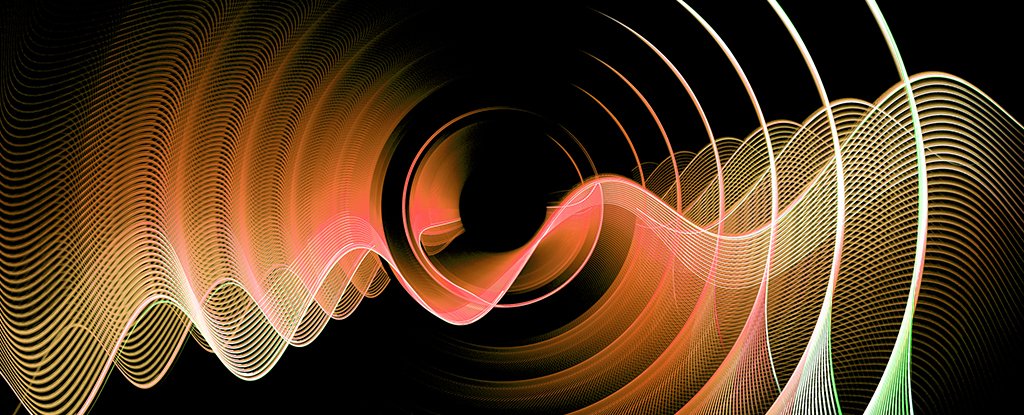
Physicists Have Broken The Speed of Light With Pulses Inside Hot Plasma
Sailing through the smooth waters of vacuum, a photon of light moves at around 300 thousand kilometers (186 thousand miles) a second.www.sciencealert.com
[...]
To break the hearts of those hoping it'll fly us to Proxima Centauri and back in time for tea, this superluminal travel is well within the laws of physics. Sorry.
A photon's speed is locked in place by the weave of electrical and magnetic fields referred to as electromagnetism. There's no getting around that, but pulses of photons within narrow frequencies also jostle in ways that create regular waves.
The rhythmic rise and fall of whole groups of light waves moves through stuff at a rate described as group velocity, and it's this 'wave of waves' that can be tweaked to slow down or speed up, depending on the electromagnetic conditions of its surrounds.
By stripping electrons away from a stream of hydrogen and helium ions with a laser, the researchers were able to change the group velocity of light pulses sent through them by a second light source, putting the brakes on or streamlining them by adjusting the gas's ratio and forcing the pulse's features to change shape.
The overall effect was due to refraction from the plasma's fields and the polarized light from the primary laser used to strip them down. The individual light waves still zoomed along at their usual pace, even as their collective dance appeared to accelerate. [...]
Last edited:


